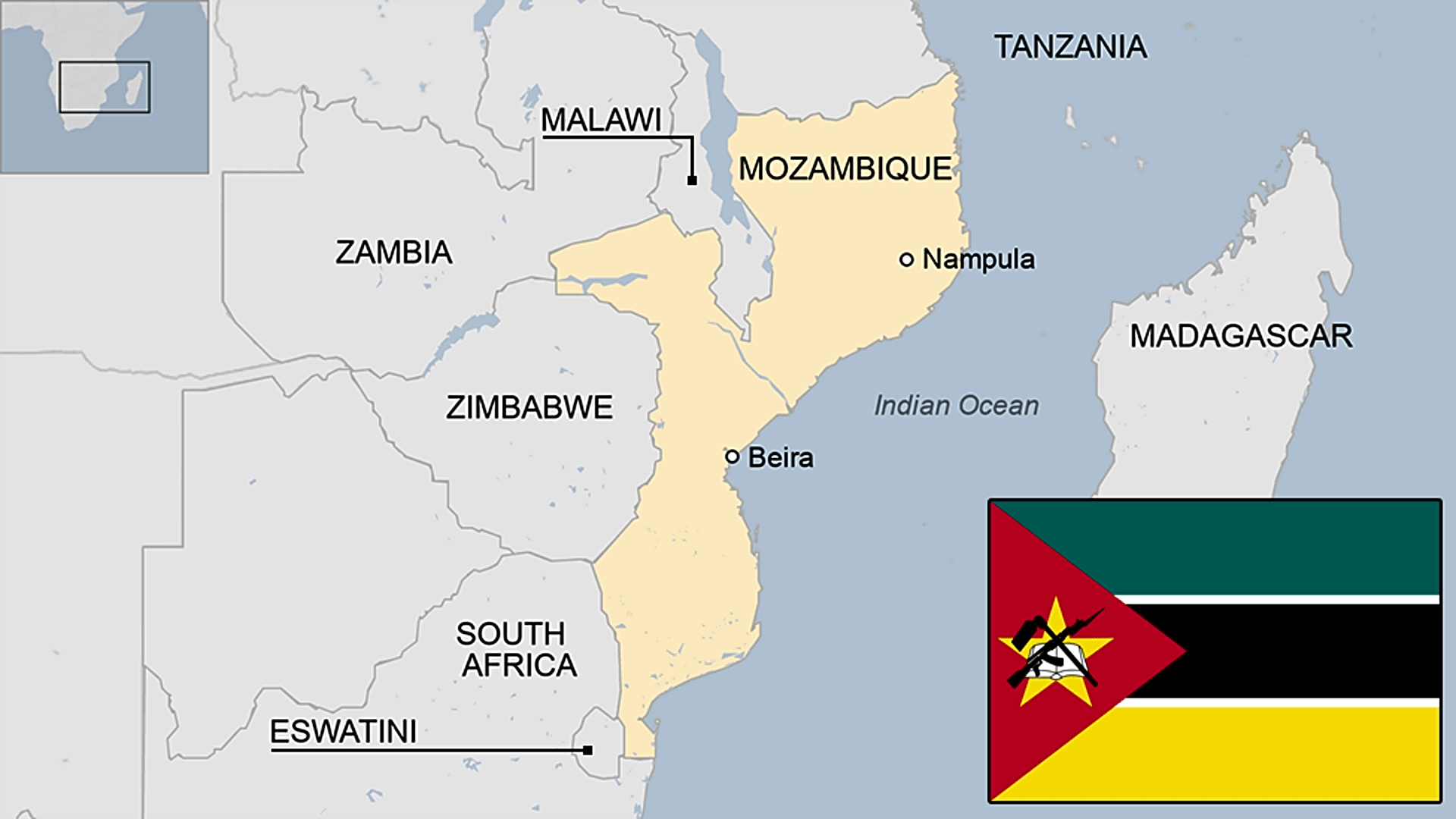According to a report by nonprofit Force for Good, the globe is not on track to reach the UN’s sustainable development objectives and there is a growing financing vacuum that makes it difficult to put paper pledges into practice.
The study, which was released coinciding with the start of New York Climate Week, urges swift action to spur development and close the $14 trillion to $17 trillion yearly financing gap for the Sustainable Development Goals. The entire disparity has risen to between $112 and $136 trillion, or 10% more than the initial cost projections.
According to the paper, the growing difficulty of the global climate transition, the growing demand for growth in the global south, and a lack of innovation are to blame for these rising costs.
Of the 169 underlying targets in the SDG, just sixteen percent are expected to be met by 2030; thirty percent have even fallen back from their 2015 levels at the inception of the goals, according to the research.
It draws attention to important gaps, particularly in the areas of eradicating hunger, attaining food security “and improved nutrition, and promoting sustainable agriculture” (SDG 2), creating “inclusive, safe, resilient and sustainable cities” (SDG 11), safeguarding ecosystems, forests, and oceans and seas, and stopping the loss of biodiversity (SDGs 14 and 15), according to the paper, the Covid-19 pandemic’s consequences, the wars in Gaza and Ukraine, the rising expense of living, and the climate crisis are all contributing factors to the “polycrisis,” which is stealing focus and funding from sustainable development.
Global wealth has reached a record $653 trillion, the report notes, even if there isn’t enough money for the world’s poorest people or the environment.
Innovation and criteria for sustainability
In spite of this dire forecast, the research presents nine “big ideas” that, according to the report, might be expanded upon to accelerate the 2030 targets’ advancement.
Among the concepts are frameworks for the climate transition, which include legislative and budgetary measures intended to advance the energy transition and national climate neutrality while simultaneously encouraging innovation, economic expansion, the circular economy, and biodiversity preservation. In order to facilitate scalable, effective, and creative solutions that leverage artificial intelligence to outperform existing models of tech-enabled solutions, the paper also suggests universal internet connectivity.
Among the “big ideas” is a request for “innovative capital market financing tools” to address significant problems and for “innovative technologies” to be widely used to improve access to necessities like food, water, and medication.
One such point that is highlighted as a necessary shift is the imposition of a fair price on externalities in order to promote sustainable markets, valuations, and behaviours.
According to the paper, the implementation of improved sustainability accounting and reporting standards based on externality pricing could bring about this.
According to the research, this will “galvanise private sector contributions to the SDGs, closing the global gap by 5.6% and, over time, make a radical change to how we use planetary resources.”
Christian Hansmeyer, head of research at Force for Good, tells Sustainable Views that “too many sustainability standards remain focused on companies reporting their actions and activities, generating a high administrative burden but too little information of value.” For standards to be effective, businesses must quantify their positive and negative impacts, create the framework for externality pricing and accounting, and align their market and corporate behaviour with sustainability.


